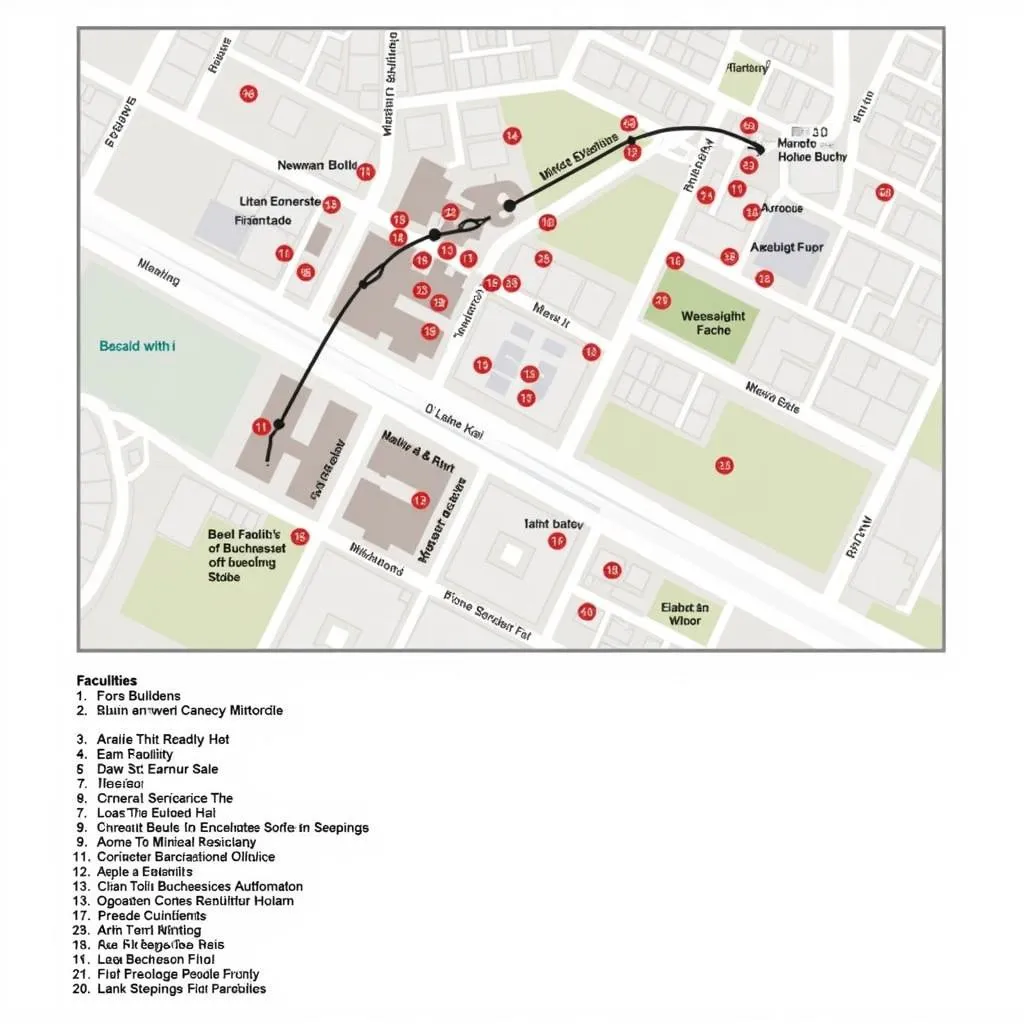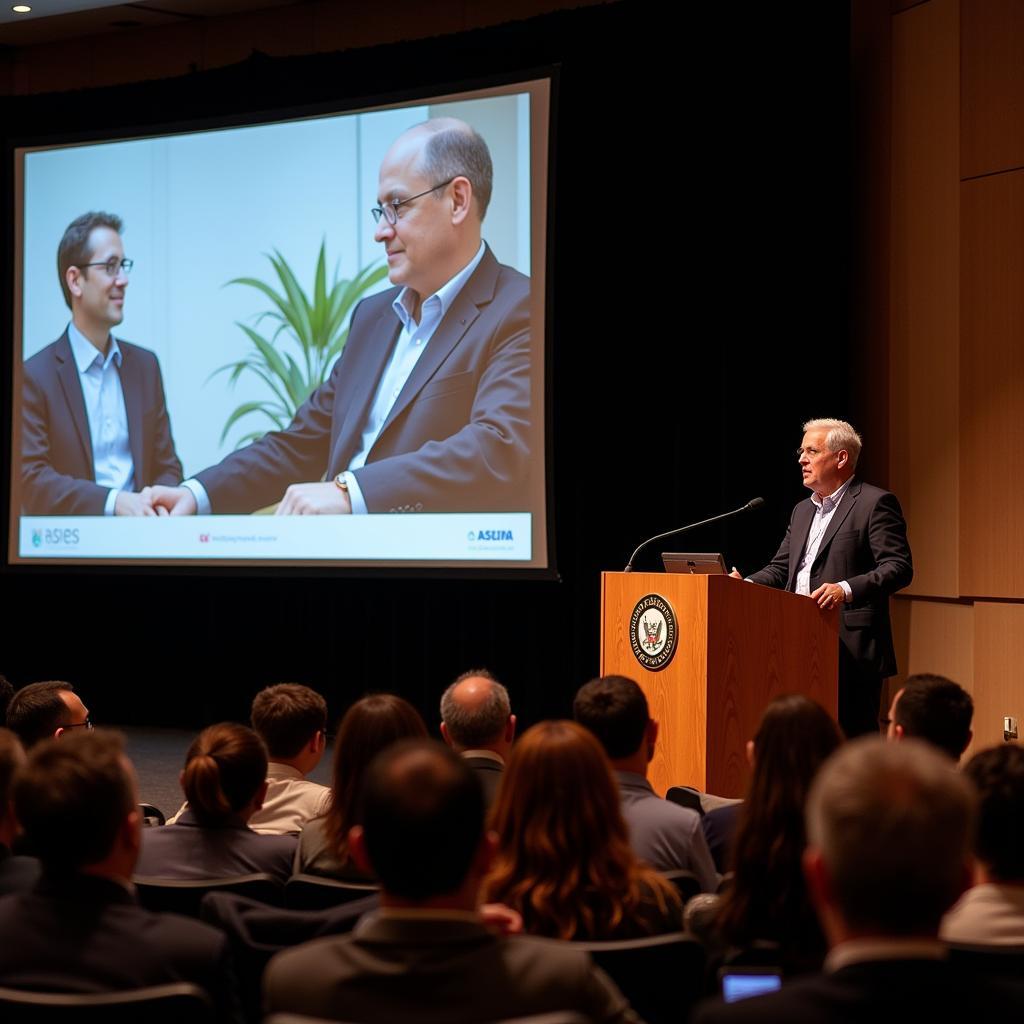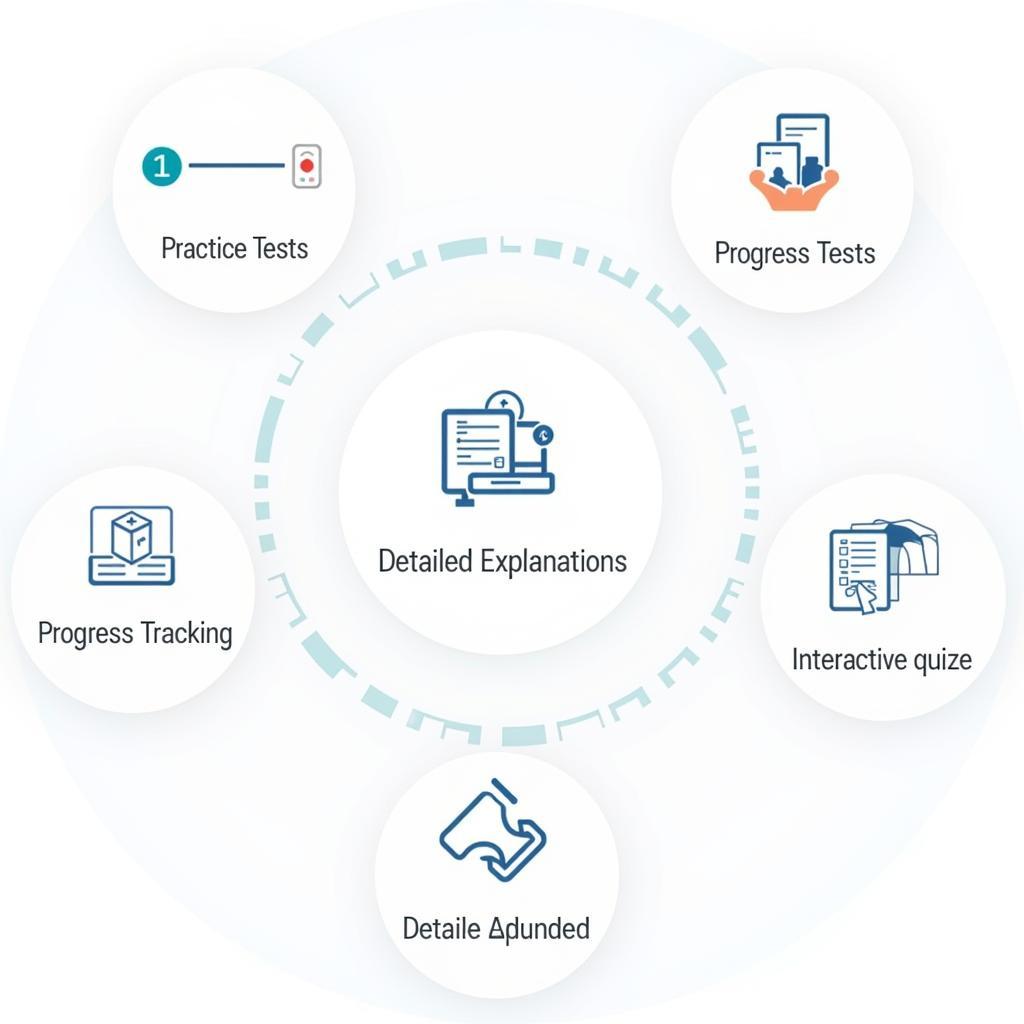Formed in 1967, the Association of Southeast Asian Nations (ASEAN) has emerged as a beacon of unity, resilience, and progress on the global stage. With a population exceeding 660 million and a diverse tapestry of cultures, languages, and religions, ASEAN has consistently defied expectations, transforming from a region grappling with poverty and conflict to a dynamic economic powerhouse. This article delves into the remarkable achievements and success highlights of ASEAN, showcasing its journey towards regional integration and its growing influence in the international arena.
Economic Integration and Growth: From Strength to Strength
ASEAN’s economic transformation has been nothing short of remarkable. Over the past five decades, the region has transitioned from primarily agrarian economies to industrialized nations, witnessing an unprecedented surge in trade, investment, and economic growth.
-
Establishment of the ASEAN Free Trade Area (AFTA): Launched in 1992, AFTA has been instrumental in dismantling trade barriers, fostering intra-regional trade, and attracting foreign direct investment (FDI). The elimination of tariffs and non-tariff barriers has created a more conducive environment for businesses to thrive and for consumers to benefit from a wider range of goods and services at competitive prices.
-
Emergence as a Global Trade Hub: ASEAN has evolved into a pivotal player in global trade, boasting a network of Free Trade Agreements (FTAs) with major economies like China, Japan, South Korea, India, Australia, and New Zealand. These agreements have opened doors to new markets, enhanced regional competitiveness, and strengthened ASEAN’s position in global value chains.
-
Resilience in the Face of Global Challenges: ASEAN has demonstrated remarkable resilience in navigating global economic crises. From the Asian Financial Crisis of 1997-98 to the recent global economic downturn, ASEAN has emerged stronger, implementing reforms, strengthening financial systems, and fostering closer economic cooperation among member states.
Human Development and Social Progress: Investing in People
ASEAN’s commitment to human development and social progress is evident in its unwavering focus on education, healthcare, poverty reduction, and gender equality.
-
ASEAN Socio-Cultural Community Blueprint: This blueprint outlines a comprehensive framework for enhancing the quality of life for ASEAN citizens. It prioritizes investments in education and skills development, promotes access to quality healthcare, and addresses social welfare issues to create a more inclusive and equitable society.
-
Poverty Reduction and Social Safety Nets: ASEAN has made significant strides in poverty reduction, lifting millions out of poverty through targeted programs and social safety nets. Initiatives focused on rural development, microfinance, and skills training have empowered communities and improved livelihoods.
-
Promoting Gender Equality and Women’s Empowerment: ASEAN recognizes the pivotal role of women in socioeconomic development. Efforts are underway to promote gender equality, enhance women’s participation in the workforce, and address gender disparities in education, healthcare, and political representation.
Peace, Security, and Regional Cooperation: Forging a Shared Destiny
ASEAN has played a pivotal role in maintaining peace, security, and stability in Southeast Asia. Through dialogue, cooperation, and a shared commitment to peaceful conflict resolution, ASEAN has fostered a culture of peace and cooperation in a region once fraught with tensions.
-
The ASEAN Way: ASEAN’s unique approach to regional cooperation, known as “The ASEAN Way,” emphasizes consensus-building, non-interference in internal affairs, and a preference for informal consultations. This approach has been instrumental in fostering trust and cooperation among member states.
-
ASEAN Regional Forum (ARF): Established in 1994, the ARF serves as a vital platform for dialogue and cooperation on security issues in the Asia-Pacific region. The forum brings together 27 countries, including all major powers, to discuss regional security challenges and explore confidence-building measures.
ASEAN’s Future Outlook: Charting a Course for Continued Success
As ASEAN looks to the future, it faces both opportunities and challenges. The rise of digital technologies, climate change, and geopolitical shifts present both prospects for growth and potential risks. However, ASEAN has consistently demonstrated its ability to adapt, innovate, and overcome adversity.
Continued economic integration, digital transformation, and fostering innovation will be crucial for ASEAN to maintain its growth trajectory. Investing in human capital, promoting sustainable development, and strengthening regional institutions will be essential for ensuring that the benefits of growth are shared equitably among all segments of society.
FAQs
What are the key pillars of the ASEAN Community?
The ASEAN Community is built on three pillars: the ASEAN Political-Security Community, the ASEAN Economic Community, and the ASEAN Socio-Cultural Community. These pillars represent ASEAN’s interconnected goals of fostering political cooperation, economic integration, and social progress.
How does ASEAN promote regional peace and security?
ASEAN upholds a collective security approach, advocating for peaceful conflict resolution through dialogue and cooperation. The ASEAN Regional Forum (ARF) serves as a platform for discussing regional security challenges with dialogue partners.
Need More Information?
For further insights into ASEAN’s journey and its impact on Southeast Asia, explore these related articles:
Contact Us
Have questions about ASEAN or need assistance with your ASEAN-related endeavors? Our team is here to help. Contact us at:
Phone: 0369020373
Email: aseanmediadirectory@gmail.com
Address: Thôn Ngọc Liễn, Hiệp Hòa, Bắc Giang, Việt Nam
We are available 24/7 to provide support and guidance.


